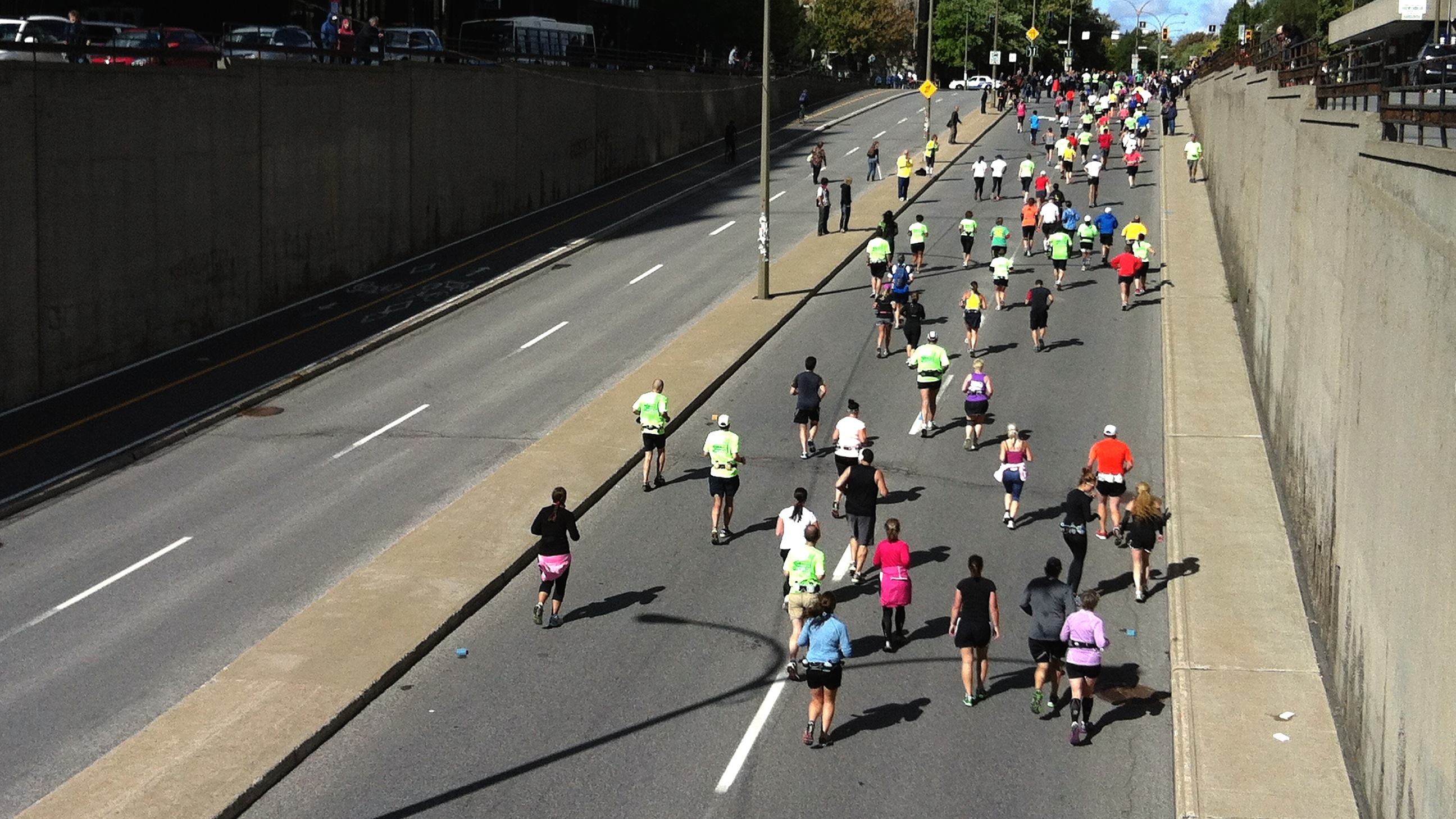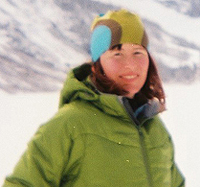Strength Training and Your Heart
Ed McNeely – Peak Centre for Human Performance
For many people strength training is a means of improving their performance. However there are also many health benefits of strength training that should be strong motivators to spend some time in the weight room.
Anatomy of the heart
The heart consists of four chambers, the left ventricle, which circulates blood the rest of the body, the right ventricle which circulates blood to the lungs, the right atrium which receives blood from the body, and the left atrium which receives oxygenated blood from the lungs.
One of the goals of exercise is to increase the efficiency of the heart, improving the circulation of blood throughout the body by increasing stroke volume, the amount of blood pumped with each beat, decreasing resting heart rate and improving cardiac output, the amount of blood circulated in a given period of time.
Benefits of strength training
Weight training is generally believed to be of little benefit in modifying the risk factors of cardiovascular disease but this opinion, however, is slowly changing as more research reveals that the heart, like other muscles, adapts to the stress of weight training. Specifically, the left ventricular (LV) wall thickens to adapt to the stress allowing the heart to beat more forcefully and eject more blood with each contraction. Researchers have found that compared to untrained controls, national and international weightlifters were found to have a greater degree of LV wall hypertrophy and LV mass in several studies. In a training study, researchers found increases of 10% in the thickness of the LV wall.
Changes in left ventricle function and size are not the only cardiac adaptations to strength training. There is also a decrease in resting heart rate of 3-11% associated with starting a strength training program and resting blood pressure has been found to drop by 3-4% compared to pre training levels.
Strength Training or Aerobic Training
This does not mean that strength training can replace aerobic training as a means of improving cardiovascular fitness. The adaptations to the two type of training are very different. Where strength training seems to increase left ventricular wall thickness aerobic training increases the size of the chamber. Whether one type of training is better than another is still being debated. The only sure thing is that either type is better than no training.
Program Design for Improving Heart Function
Increases in LV mass appear to be a function of exercise intensity. High intensity strength training increases blood pressure during exercise. Elevated blood pressure increases LV mass and thickens the LV wall. Most types of strength training do not appear to affect the size of the heart chamber. However, some types of high volume bodybuilding programs with limited rest periods may increase the chamber’s size. Some guidelines for improving cardiovascular function and blood lipid profiles through weight training are:
Circuit train
Circuit weight training with short or no rest periods increases the aerobic demand of the exercise. In some cases oxygen demand could get as high as 55% of VO2 max, high enough to create cardiovascular adaptations.
High Work Volume
The volume per set and total work volume should be kept high. Use 4-5 sets of 8-12 reps to stimulate both improved cardiac function and positively alter blood lipid profiles.
___________________________________________________________
PEAK Centre staff have the highest certifications available in Canada for Sport Science. With their combined experience and education, PEAK Centre is at the forefront of practical Sport Science application.








 Born in Nova Scotia and emigrating to British Columbia via Ontario and Alberta, Magi has been running the entire way. Primarily defined as a cross country ski racer, Magi has competed nationally and internationally in that sport. The highlight of her career was competing in the World University Games and the World Cup races in Canada in 2007. Cross country skiers rely heavily on running for cross training and Magi has become an accomplished trail and mountain runner, representing Canada at the World Mountain Running Championships in 2005 and the winning numerous national championships medals.
Born in Nova Scotia and emigrating to British Columbia via Ontario and Alberta, Magi has been running the entire way. Primarily defined as a cross country ski racer, Magi has competed nationally and internationally in that sport. The highlight of her career was competing in the World University Games and the World Cup races in Canada in 2007. Cross country skiers rely heavily on running for cross training and Magi has become an accomplished trail and mountain runner, representing Canada at the World Mountain Running Championships in 2005 and the winning numerous national championships medals. 
![[IMG_0346%255B3%255D.jpg]](http://lh5.ggpht.com/-yOHZr6kWiwE/UGBnlh4SP0I/AAAAAAAAKTk/OPv6nEsIQi4/s1600/IMG_0346%25255B3%25255D.jpg)




 Our Magazine
Our Magazine Previous Release
Previous Release
